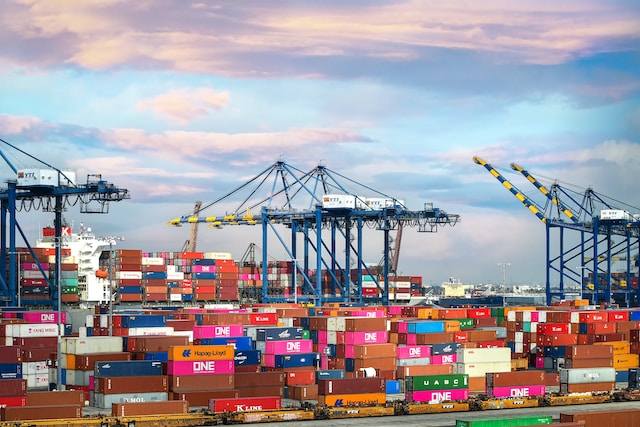The global food supply chain is a big machine that gets fresh produce and perishable goods to consumers worldwide. In this massive machine, transport refrigeration plays a key role, especially in countries like Australia where distance and climate are big challenges for food quality and safety. From farm to table, refrigeration is essential in keeping food intact as it moves through the supply chain. Australia’s geography and growing agricultural sector play out very well as a picture of how transport refrigeration supports food distribution.
Transport Refrigeration in Australia’s Food Industry
Australia is one of the largest agricultural exporters, with a big chunk of its food supply being shipped overseas. With the country’s size, much of its food products are transported over long distances before reaching their final destination, whether in Australia or internationally. In that case, transport refrigeration is a must. It keeps food products, especially the temperature sensitive ones like dairy, meat, seafood and fruits fresh throughout the journey.
Transport refrigeration systems allow for precise temperature control which is vital in preserving the quality and nutritional value of perishable goods. Without refrigeration, food products will spoil quickly and that’s waste and potential health hazards. Also, with the cold chain maintained from farm to store, spoilage is reduced and the food that reaches the consumer is in the best possible condition.
Van Refrigeration Systems and Local Distribution
In Australia, distribution of fresh food often requires vehicles that can travel long distances and keep goods at the right temperature. For shorter distances, van refrigeration systems are used, especially in urban and suburban areas. These systems are designed to maintain specific temperature ranges so food like dairy, fresh vegetables and bakery products are delivered fresh to local markets, supermarkets and restaurants.

Van refrigeration systems are perfect for smaller shipments or areas that can’t be reached by larger refrigerated trucks. It gives more flexibility and efficiency in the supply chain so even smaller retailers can get high quality fresh food. These systems can be customised to meet various temperature requirements, making it essential for the diversity of products in Australia’s food supply.
The Cold Chain Process: Keeping Food Safe across Long Distances
Australia’s food supply chain is vast with many regions far from major cities. Agricultural hotspots in the north and west of the country rely on refrigerated transport to get their products to the southern markets or exported overseas. That’s where the cold chain comes in. The cold chain is a term for the set of processes and technologies that maintain consistent temperature from production to consumption. Refrigerated trucks, containers, and storage facilities all play a key role in avoiding temperature variation that can cause spoilage.
The cold chain is even more critical in Australia with its extreme climate from tropical heat in the north to arid conditions in the centre. Products like seafood, meat and dairy are temperature sensitive and can degrade quickly if not stored and transported properly. With transport refrigeration systems that constantly regulate temperature, Australia can export these products internationally while meeting high quality standards.

Refrigerated Transport Technology
There has been a lot of progress in transport refrigeration technology lately and big gains in the cold chain. Australia is also seeing more use of GPS tracking and real time monitoring systems that allow operators to track the location and temperature of refrigerated transport vehicles. These systems mean that any issues, such as temperature fluctuations or mechanical failure, can’t be missed or left unrepaired for any period of time and therefore food can’t spoil.
Modern refrigeration units are also more environmentally friendly and energy efficient, using greener refrigerants and reducing the carbon footprint of the transport industry. Since sustainability is a key target for Australia, the new technology is aligning the food supply chain with Australia’s broader environmental goals. As technology in refrigeration continues to evolve, it will get even more efficient and food supply chains will be able to be more agile and responsive to changes in demand.
